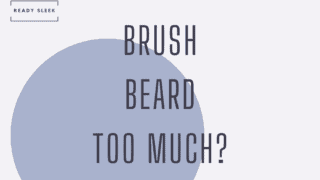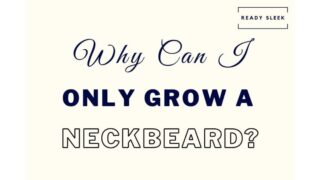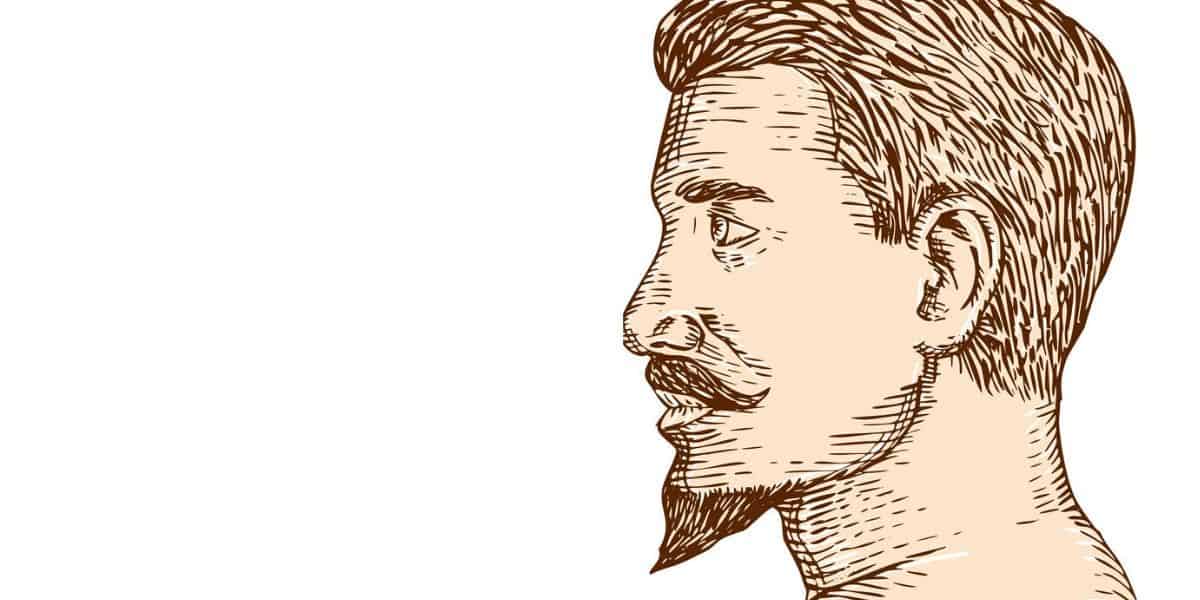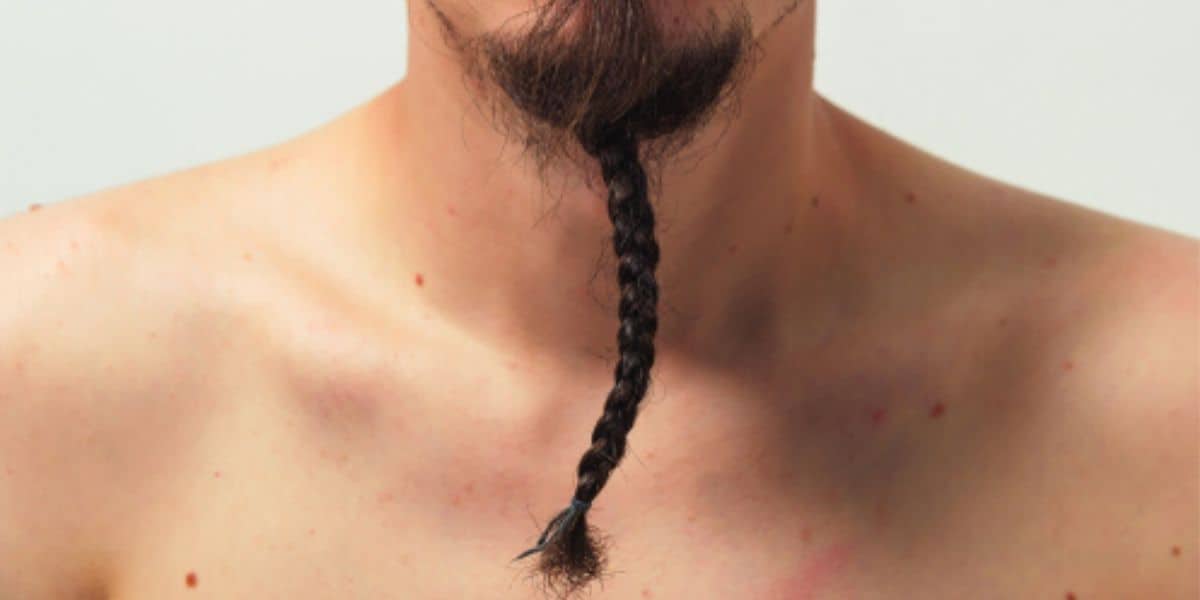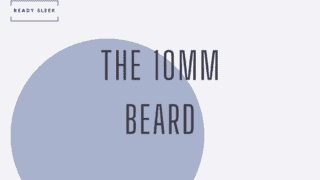Dyeing a beard is a lot like cooking. There will be times when no matter how much preparation and effort goes into it the result just won’t look quite right. At this point, you’ll want to know what your options are. You’ll want to know whether you can wash out and remove that beard dye.
Beard dyeing efforts aren’t easy to reverse. It’s designed to stick – if it washed off with every shampoo you can guarantee it would be taken off the shelves.
But sometimes, it isn’t as hard as you might think.
Let’s get to it.
Disclaimer: Please note that the decision to use any products/tips mentioned in this article should be discussed with a professional to determine their suitability for your specific circumstances.
How To Wash Out And Remove Beard Dye
While there are many DIY methods out there that use naturally occurring or household items, relying on a commercial product is often a more reliable choice.
Many find products like Color Oops, available on Amazon, to be superior.
That’s what we’ll be using in our routine.
However, before using this routine, please consider the following:
Color Oops is primarily designed and marketed for use on the hair on one’s head. The skin on the face, especially around the beard area, is generally more sensitive than the scalp. Using a product like Color Oops on the beard could result in an increased risk of adverse reactions.
Here are a few considerations if someone is thinking of using Color Oops or a similar product on their beard:
- Patch Test: Always perform a patch test before using any new product, especially on sensitive areas like the face. This can help determine if you might have a reaction to the product.
- Read Product Instructions: Make sure to read the product label and instructions carefully. Some products will have explicit warnings against use on facial hair or sensitive areas.
- Professional Consultation: It’s a good idea to consult with a clinician/professional before attempting to use a product like Color Oops on facial hair. They can provide guidance tailored to an individual’s specific needs and concerns.
- Potential Irritation: Even if no immediate reaction is observed during the patch test, the facial skin is sensitive. The chemicals in dye removers can potentially dry out the skin, cause irritation, or lead to other issues.
On to the routine:
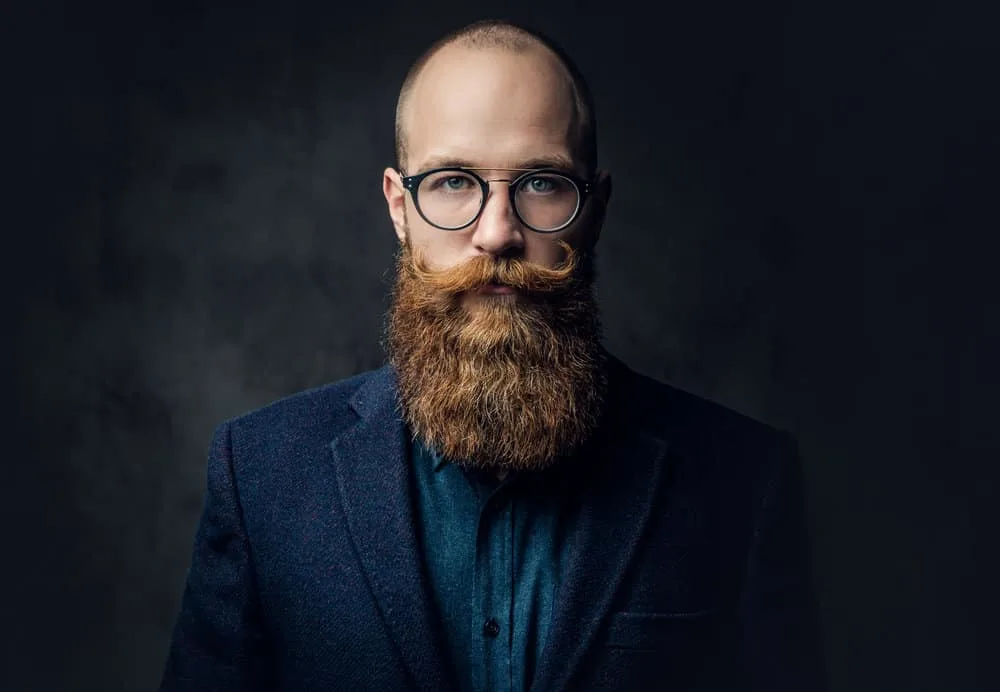
1. Preparation: Before embarking on any treatment, especially on facial areas, ensure your workspace is well-ventilated.
This minimizes inhalation of any fumes and ensures a safer environment. Lay down towels or protective cloths to prevent any spillage from staining surfaces.
2. Patch Test: Safety first! Prior to using Color Oops on your beard, it’s crucial to perform a patch test. This will help determine if you have any allergic reaction to the product.
3. Mixing the Product (if necessary): Follow the product’s specific instructions closely when preparing the mixture. Make sure you wear gloves.
4. Application: Using the applicator brush or your gloved fingers (the product leaflet will give you specific instructions), apply Color Oops to the dyed areas of your beard. Ensure the beard hair is fully saturated with the product for effective dye removal.
5. Waiting Time: Let the product sit for the time indicated in the instructions. Do not leave it on for longer than recommended.
6. Rinsing: Using lukewarm water, thoroughly rinse the product from your beard. Make sure all traces of Color Oops are washed away to prevent any potential reactions.
7. Moisturizing and Aftercare: After any chemical treatment, your skin and hair might feel a bit dry. Apply a gentle moisturizer to the skin.
8. Observations: Over the next few days, monitor your skin for any delayed reactions.
Remember, while commercial products like Color Oops provide a reliable solution, always prioritize your safety by following instructions meticulously and seeking professional advice when unsure.
Beard Dye Removal – Essential Facts
If you want to wash it out, remove it, or lighten it, it’s a good idea to have a better understanding of what it is.
Ideally, you’d be reading this before you apply it. But I know this is very rarely the case – and it’s fine. No point crying over spilled milk, as they say.
1. Not all beard dyes are made equal
The main difference to understand here is between semi-permanent and permanent beard dyes.
Most beard dyes are considered “semi-permanent”, which means that over time they will fade. In general, you can expect them to last 4-6 weeks, but even longer if you rinsed rather than shampooed during this period.
Permanent dyes are, as you’d expect, much harder to remove. It’s generally understood that if you choose a permanent dye you’ll be growing out and then trimming off the dyed hair as opposed to trying to actively fade, wash out, or remove it.
2. The sooner you remove it, the better
If you’ve literally just applied the dye and you realize it’s not what you want, seriously, just wash it out. It’ll be much harder to do so in a few days.
So I generally don’t recommend waiting to see if you’ll “grow to like it” over the course of a few days.
In general, go with your gut and remove it while you still have the opportunity to do so fairly easily.
But even if a few days have passed, it’s better than a week, or two weeks. The point I’m getting at is the sooner you decide to remove the beard dye, the easier it will be.
3. You may not be able to remove it completely
Unfortunately, the resilience of beard dye can be difficult to combat.
You may find that despite the methods I’m about to teach you working to a decent extent, there may be a hint of residual dye that just won’t budge.
You may have to just wait it out and know that over time it will fade out. Your natural hair color will return, and you’ll be free to choose whether or not you want to give beard dyeing another go.
Ultimately, you’ll always have the option of trimming down or even shaving. However, knowing my audience I’m guessing this is most likely not an option. So, I’m going to move swiftly on before I lose you as a friend.
4. Certain colors are harder to remove than others
It’s true. Red, for instance, is a menace. There are many reasons a man may choose to dye his beard red. The most obvious would be to match the hair on his head.
But red is a notoriously difficult dye color to remove. If this is relevant to your specific problem, do your best.
You’ll definitely be able to remove a good proportion of it. But there’s a high likelihood you won’t be able to remove every last hint of it.

5. Check the dye packaging
Many beard dye manufacturers acknowledge this issue and do try to provide some helpful advice in their packaging.
It would be foolish of them to expect every customer to be 100% satisfied with their results. They know their product better than anyone, including the best removal techniques available to you.
Ready Sleek founder. Obsessed with casual style and the minimalist approach to building a highly functional wardrobe. Also a fan of classic, vintage hairstyles.


